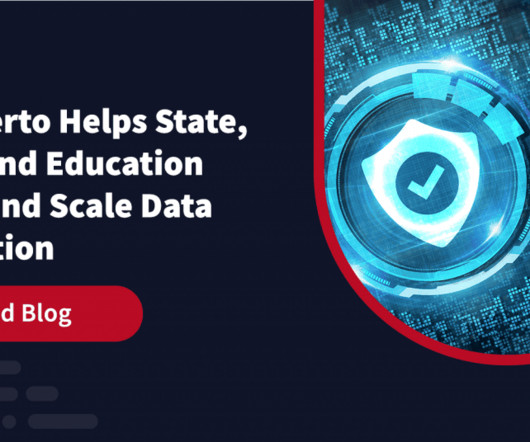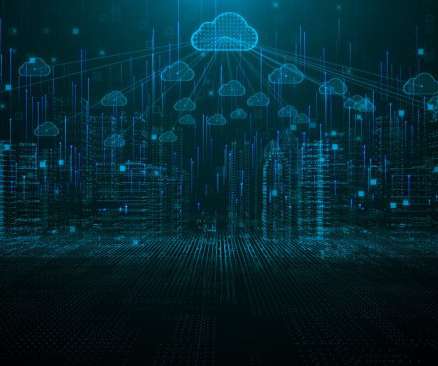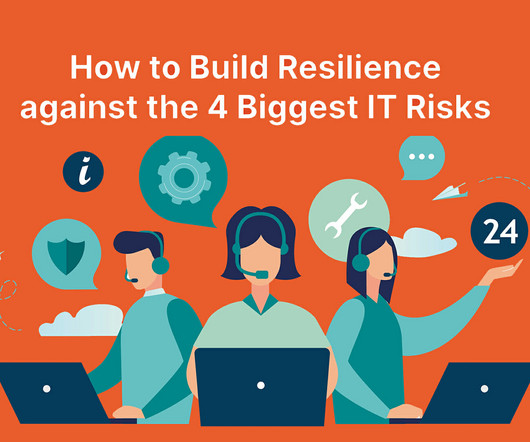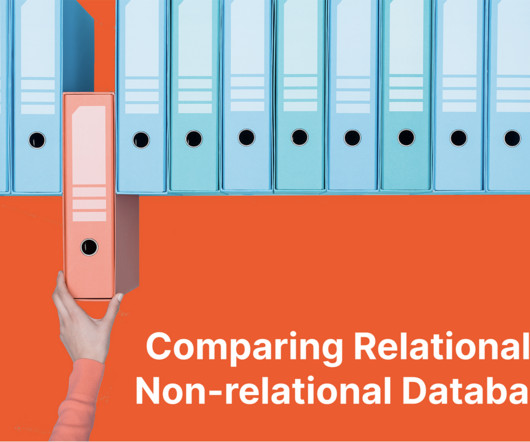How Zerto Helps State, Local and Education Solve and Scale Data Protection
Zerto
JULY 25, 2023
IT professionals serving state, local and education entities have a tremendous responsibility. Educators need their applications available to reliably teach to our children, while constituents need access to emergency, financial and social services in their most critical time of need. Contact our SLED team and start a conversation.














Let's personalize your content